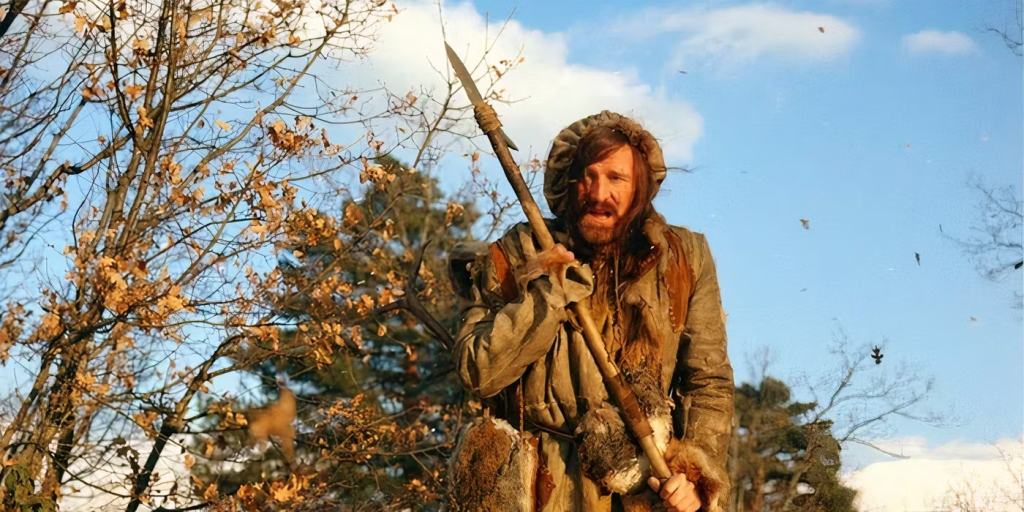The Revenant II: Wilderness (2025) is a visceral and haunting sequel to the Oscar-winning original, continuing the saga of survival, revenge, and spiritual reckoning on the brutal frontier. Set several years after Hugh Glass’s near-fatal encounter with nature and man in The Revenant (2015), this follow-up delves into the aftermath of trauma and the cost of vengeance, while introducing a new generation of conflict between man, wilderness, and the ghosts of the past.

Though presumed dead by many, Hugh Glass (once again played by Leonardo DiCaprio) has retreated deep into the remote and untamed north, seeking solitude and healing from the scars—physical and emotional—left by his past. But peace is short-lived. A violent expedition led by fur traders and military scouts encroaches upon sacred Native land, reigniting old tensions between settlers and Indigenous tribes. Glass, reluctantly pulled back into the chaos, must choose whether to intervene or disappear forever.
At the heart of the story is Awanasa, a young warrior from a tribe deeply connected to the land Glass once traversed. She seeks out the legendary “ghost man” for guidance after her people suffer brutal attacks at the hands of mercenaries and bounty hunters. Their unlikely bond becomes the emotional anchor of the film, as Glass is forced to confront his own legacy—not just as a survivor, but as a symbol of both violence and resilience.

Wilderness expands the thematic depth of the first film, shifting from revenge to redemption, and from physical endurance to emotional reckoning. The cinematography once again captures the raw power of nature, but with a more spiritual tone—less about man versus wild, and more about man within it. The lines between hunter and hunted, savior and destroyer, blur as the story unfolds.
As a new conflict looms between expansionist forces and Native resistance, Glass becomes an unwilling legend—hunted, mythologized, and torn between cultures. The film’s brutal set pieces, including a snowbound ambush and a hallucinatory descent into an ice cave, serve as metaphors for the internal war still raging inside him.
In its final act, The Revenant II brings Glass face-to-face with a former ally-turned-predator who mirrors the man he once was. The confrontation forces him to choose: to kill once more, or to finally lay his past—and the violence that made him—down in the wilderness.

Bleak, meditative, and breathtaking, The Revenant II: Wilderness isn’t just a sequel—it’s an elegy for the frontier, for lost souls, and for the fading traces of humanity in a world being carved by blood and fire.
